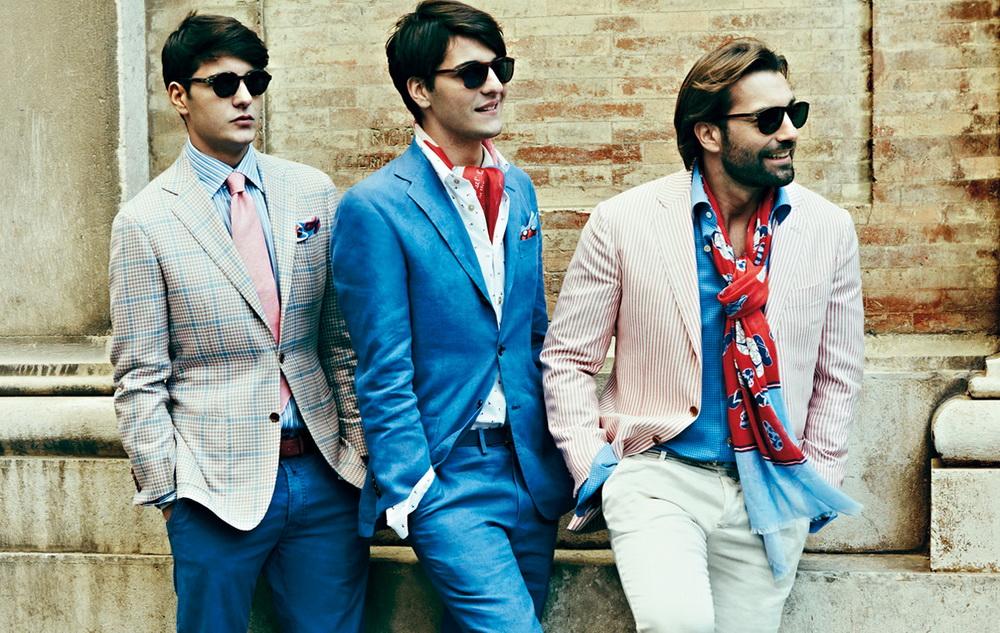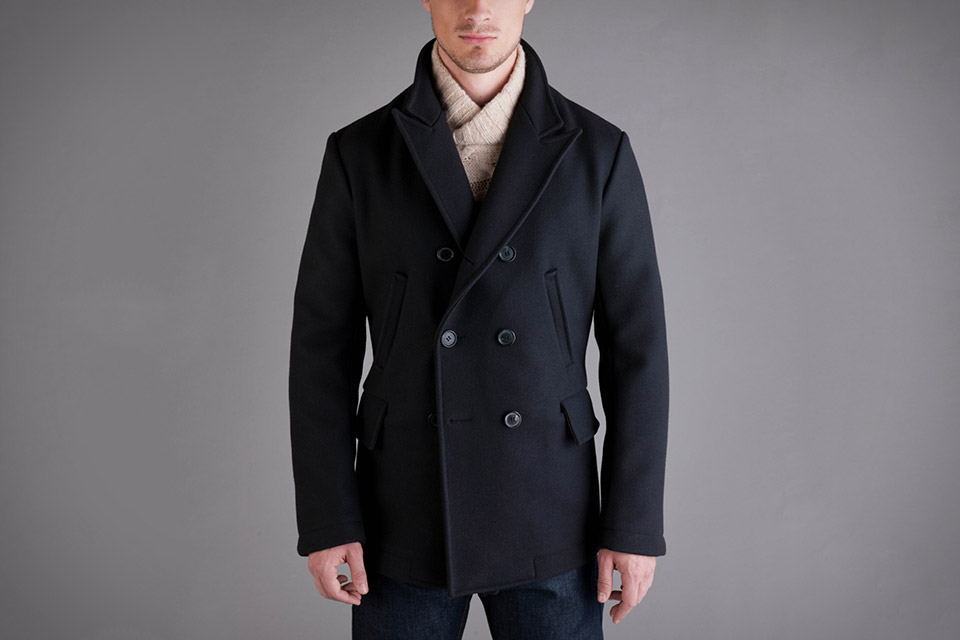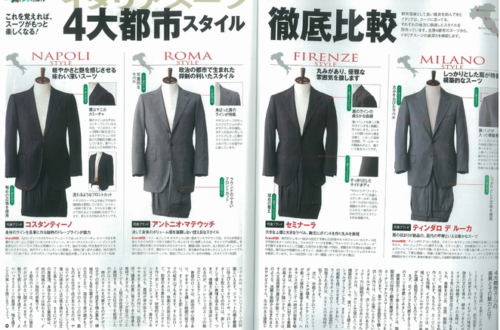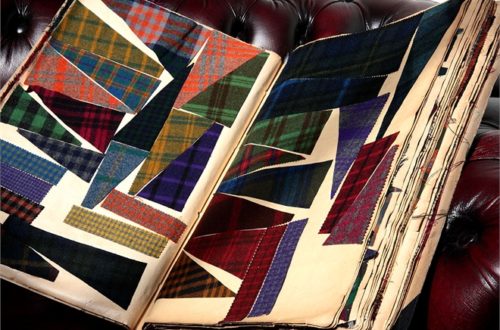Note: Suit 101 is a series dedicated on the finer side of menswear.
Last week, we spoke of the suit as if there exists only one kind of suit. In fact, there are different kinds of suits that some guys may not have even heard or know about. As per usual, team BS4F will take you through an educational journey to further furnish your knowledge about suits, starting from…
1. The single breasted suit
The single breasted suit is the most common form of suit. Its ubiquity lies in its practical nature — after all, it is much better to fiddle with one row of buttons than two, no?

There are many variations to the single breasted suit:
a. The one button suit: Made popular by jazz folks in the 1960s, this suit is not meant for business. If anything it is casual or a weekend jacket.
b. Two button suit: The classic, the essential and the must in every man’s wardrobe.
c. The three button suit: The three button suit is more common in the workplace.
One tends to think that the difference between a two and three button suit lies in the number of buttons but the graphic above illustrates otherwise. And yes, button stance does count because the shallower the V cut (higher the button stance), it can make someone look much shorter than they are.
2. The Mao suit
The Mao suit is a variation of the single breasted jacket. Recently, it has been gaining some popularity, due to the unique mandarin collar, which the suit collector may find vogue. Also, some suitmakers have seen it fit to adapt parts of the suit into the modern jacket (i.e. the collar and the pockets).

And obviously, the Mao suit is named after Mao Zedong, who is often seen wearing this style of suit. The Mao suit carries a symbol on its own: it stands for revolution of tradition and society — no surprise given that its popularity reached the skies during the Cultural Revolution in China.
3. The Nehru jacket
The Nehru jacket deserves a special mention too. Like the Mao suit, it has the mandarin collar and the flap pockets. However, it does not have any lapels. Common features include a collar lining and embroidered buttons.
 While it used to be only popular within India (perhaps, it’s due to the fact that it is named after India’s Prime Minister), it has now become a classic suit.
While it used to be only popular within India (perhaps, it’s due to the fact that it is named after India’s Prime Minister), it has now become a classic suit.
3. The double breasted suit
I like to believe that the double breasted suit is inspired by the military because it carries this cavalier air to it.
 Indeed, the double breasted suit is anything if not conservative. Rarely, you sport it on the streets — at least I did not, though it is definitely work appropriate.
Indeed, the double breasted suit is anything if not conservative. Rarely, you sport it on the streets — at least I did not, though it is definitely work appropriate.
It has 6 buttons on the outside and 1 button on the inside to help fasten the coat. It is best worn with slim fit, tailored slacks and anything frumpy will not do.
4. The pea coat
The peacoat is a variation of the double breasted suit but unlike the standard double breasted suit, it has an Ulster collar — large wide lapels with notches — and a slight if not significant flare around the hips. Why you may ask? Back in those days, the pea coat is used by people in the navy. Given that naval officers need to climb up and down rope ladders, the flare allows them to do that comfortably.

The peacoat is usually made of 100 percent wool and comes with naval-inspired buttons (i.e. anchors or eagles etc). And yes, you can have a bespoke pea coat too!
5. The overcoat
The overcoat is a category on its own and I feel that I should dedicate a separate post for it as there are many variations of the overcoat. Yet, I shall briefly mention it here.

One should not expect the overcoat to fit the body perfectly (that would be a bodycoat). The overcoat is often worn over a suit or a jacket. It is a winter essential as it helps insulate the suit wearer.




No Comments
Pingback:
Pingback: